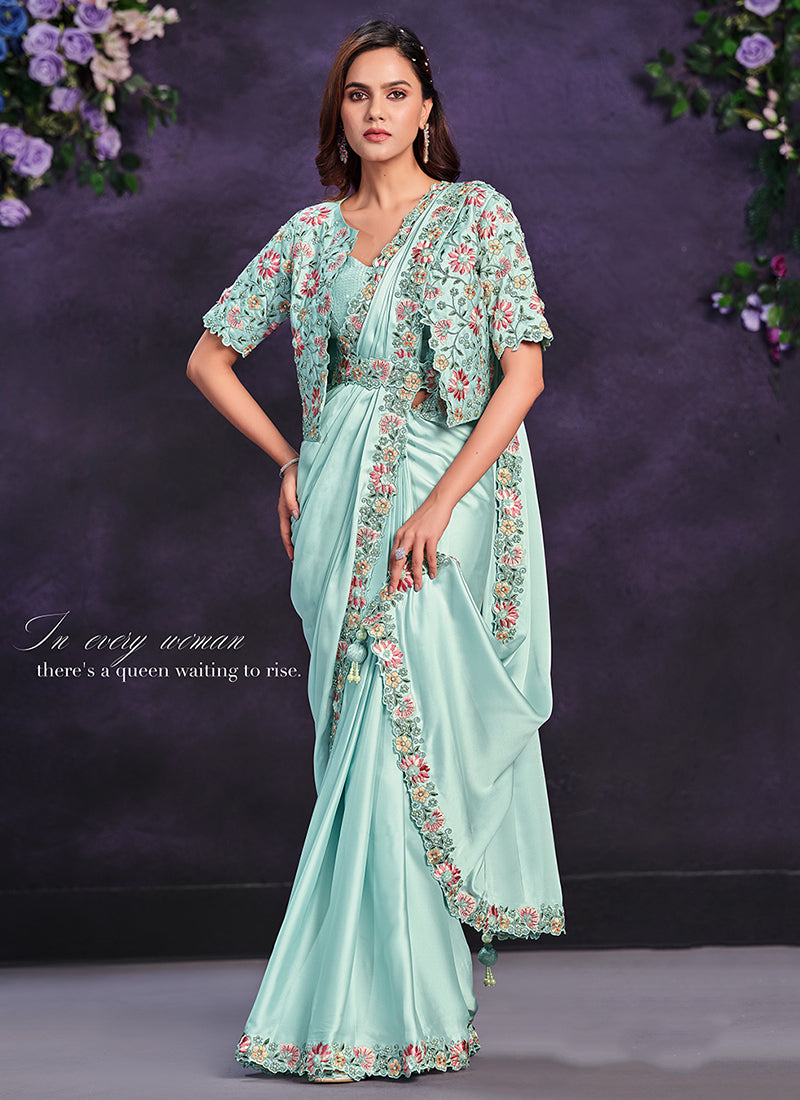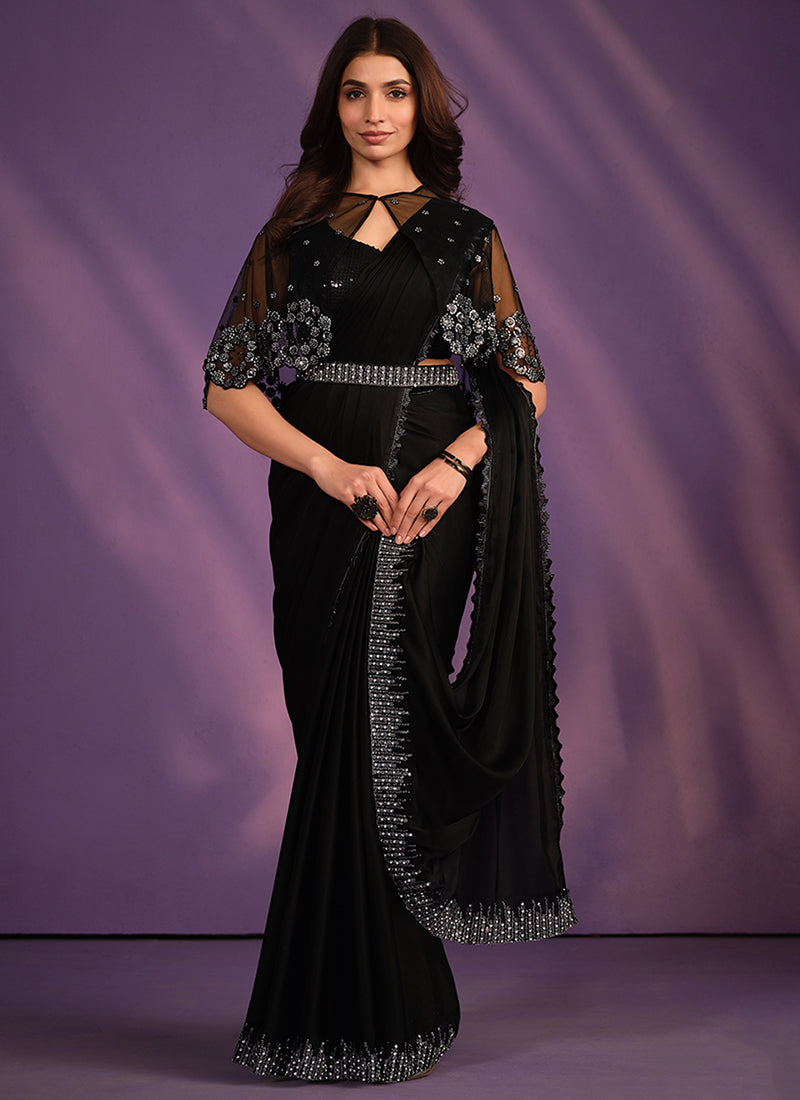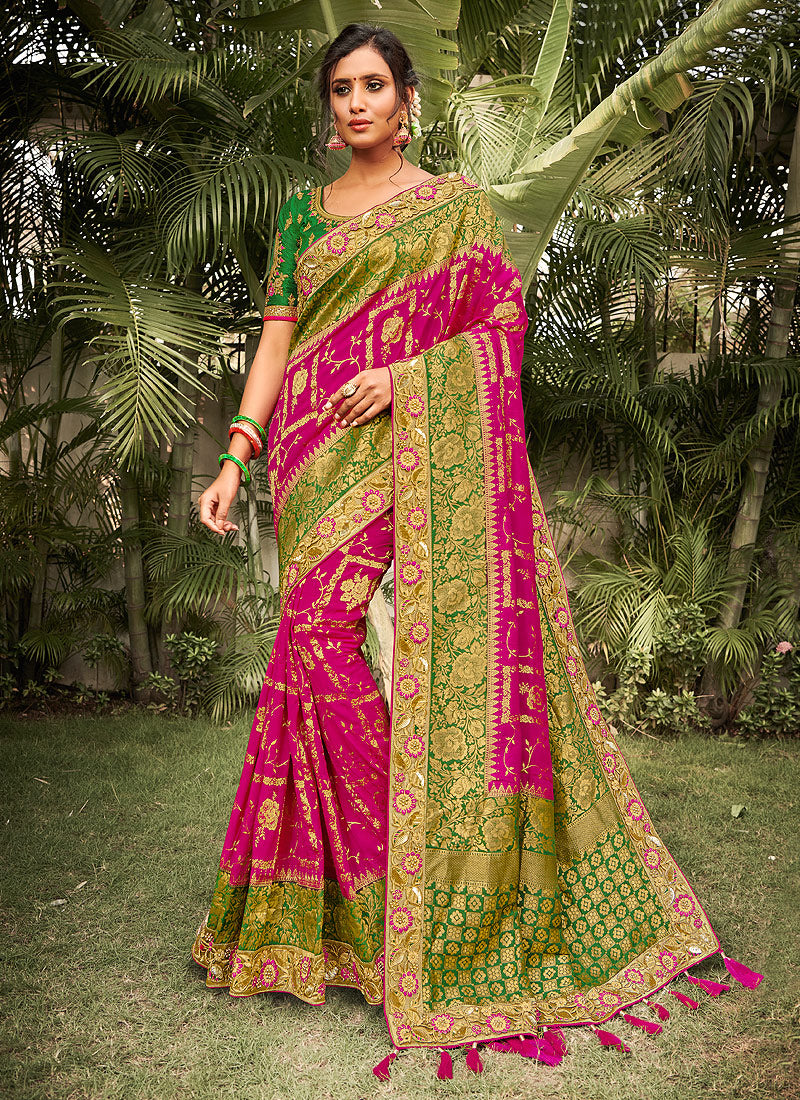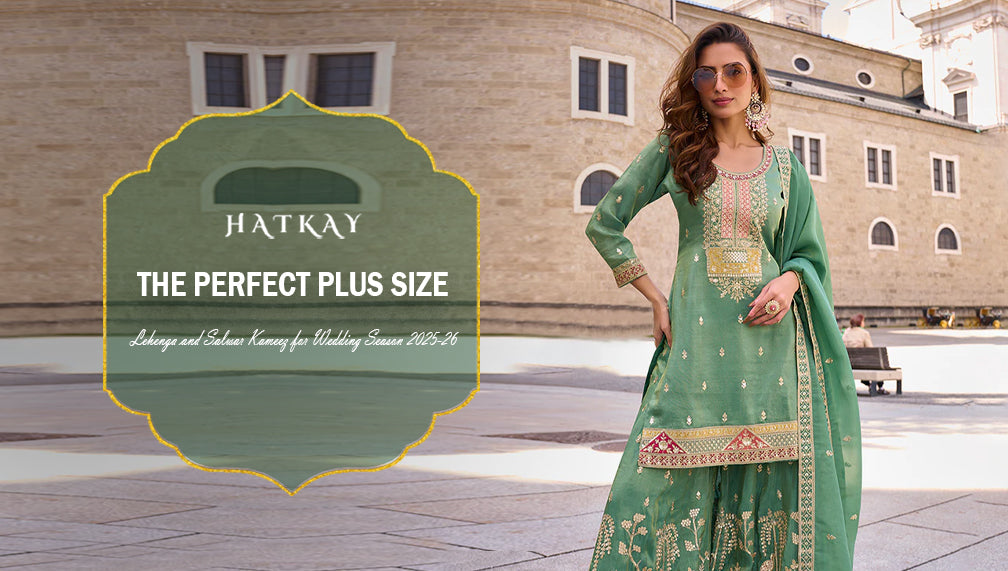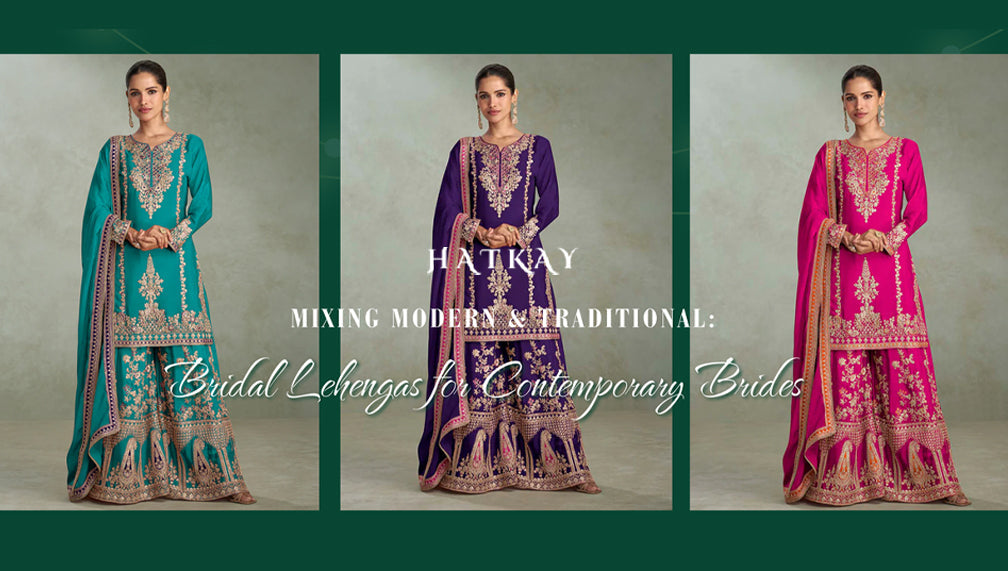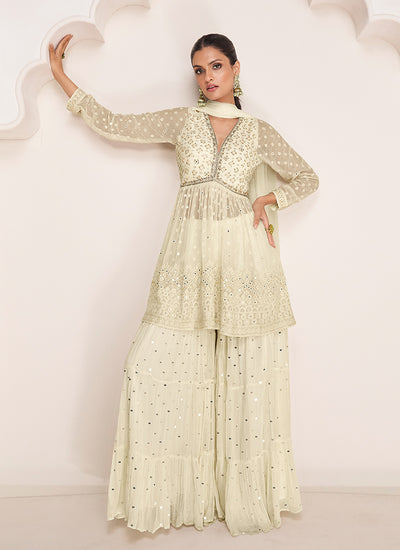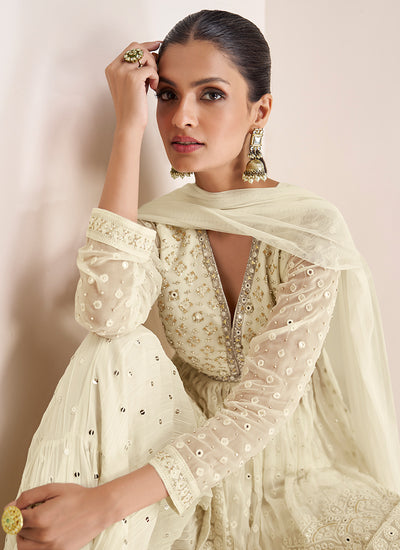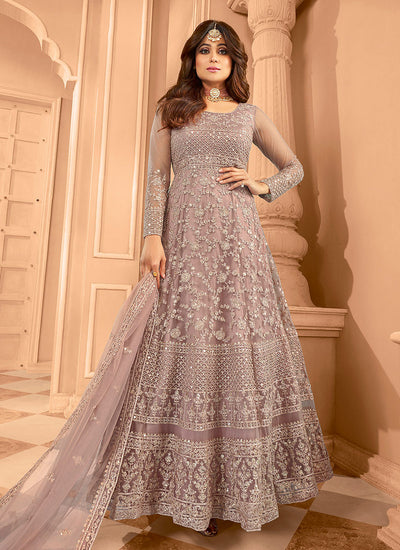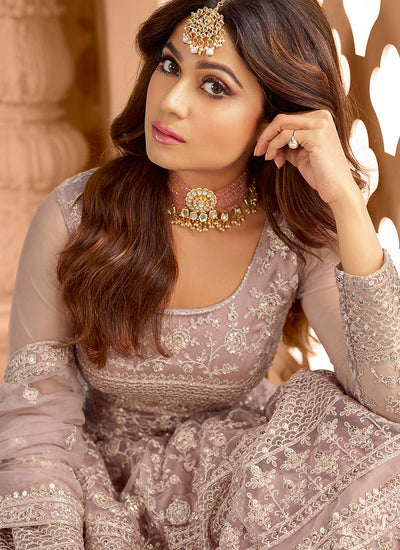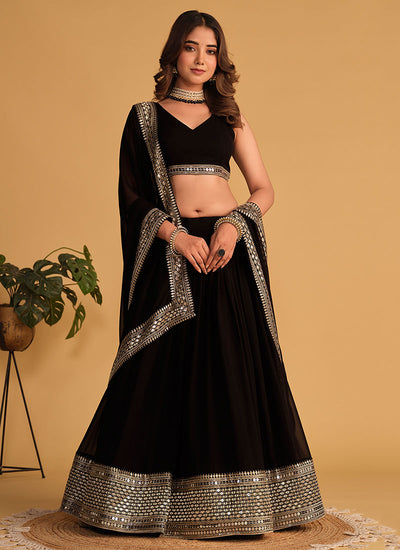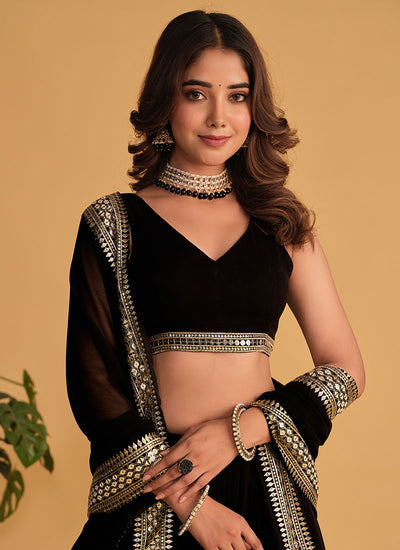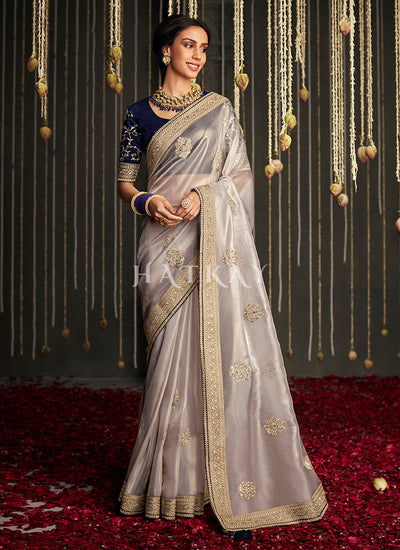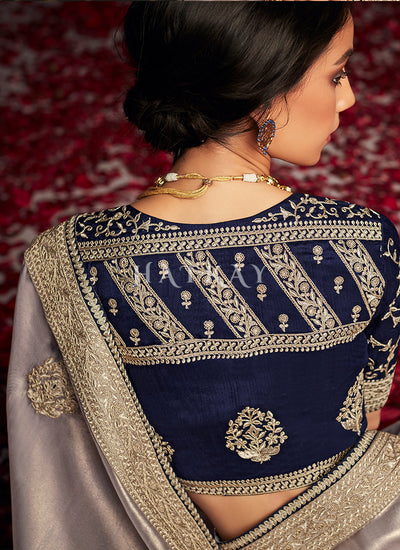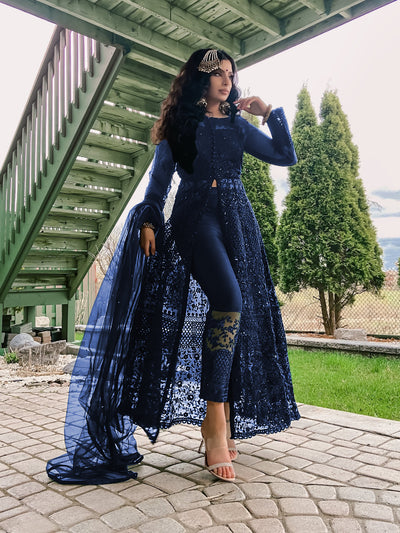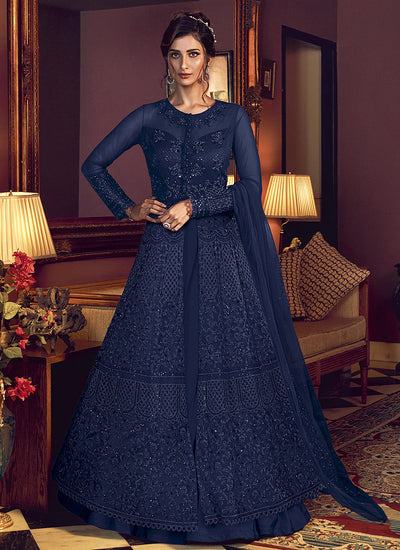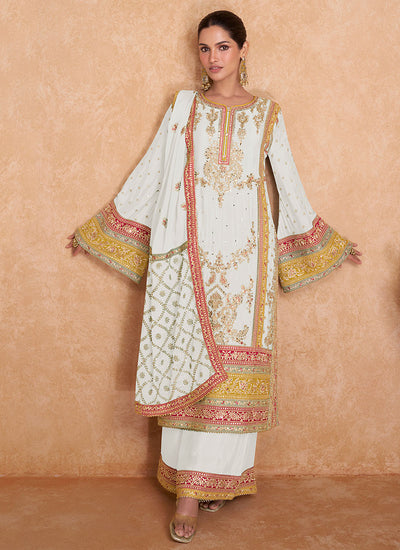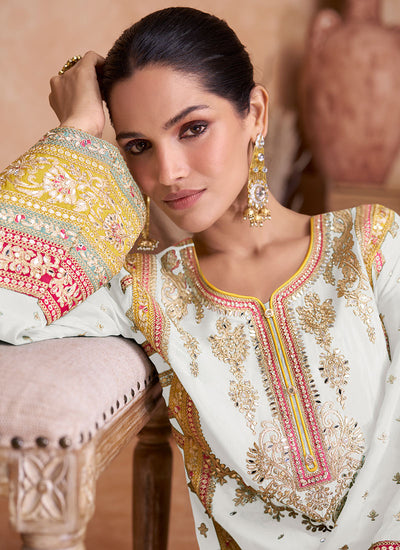
Sustainable Saree Fashion: Eco-Friendly Fabrics and Practices
In the world of fashion, the traditional saree stands as a timeless symbol of grace and elegance. Yet, as sustainability becomes increasingly important, the way we approach saree fashion is evolving. Embracing eco-friendly fabrics and practices offers a way to maintain the beauty of this cherished garment while minimizing its environmental impact. Here’s a guide to sustainable saree fashion, highlighting eco-friendly fabrics and practices that honor both tradition and the planet.
Eco-Friendly Fabrics for Sarees
Organic cotton is a frontrunner in sustainable fashion. Unlike conventional cotton, which often relies on harmful pesticides and synthetic fertilizers, organic cotton is grown using natural methods. This not only supports healthier soil and ecosystems but also results in a fabric that is soft, breathable, and perfect for sarees. Organic cotton sarees can be adorned with traditional weaves or modern prints, offering versatility and eco-conscious style.
- Bamboo Fabric
Bamboo is a rapidly renewable resource that requires minimal water and pesticides to grow. The fabric derived from bamboo is not only soft and breathable but also naturally antibacterial and hypoallergenic. Bamboo sarees offer a smooth, luxurious drape that enhances the saree’s elegance while contributing to sustainable fashion.
- Tencel (Lyocell)
Tencel, also known as lyocell, is made from sustainably sourced wood pulp, often from eucalyptus trees. The fabric is produced using a closed-loop process that recycles water and solvents, making it an eco-friendly choice. Tencel sarees have a beautiful sheen and drape, combining environmental responsibility with sophisticated style.
- Hemp Fabric
Hemp is known for its durability and minimal environmental impact. It grows quickly with little water and no need for pesticides. Hemp sarees are strong, breathable, and become softer with each wash. While traditionally associated with casual wear, hemp’s versatility allows for the creation of elegant and durable sarees that offer both style and sustainability.
- Recycled Fabrics
Recycled fabrics, such as those made from post-consumer plastic bottles or repurposed textiles, represent a significant step toward reducing waste. These materials can be woven into beautiful sarees with unique textures and colors. By opting for recycled fabrics, you contribute to a circular fashion economy and help reduce the demand for new resources.
- Peace Silk
Traditional silk production can be intensive, involving significant water and chemical use. Peace silk, or Ahimsa silk, is an ethical alternative produced without harming silkworms. This sustainable silk option maintains the luxurious feel and luster of traditional silk while aligning with ethical and environmental principles.
Sustainable Practices in Saree Fashion
- Ethical Production
Supporting brands and artisans who follow ethical production practices ensures that sarees are made under fair working conditions. Look for labels that prioritize fair wages, safe working environments, and ethical sourcing of materials.
- Handloom Weaving
Handloom weaving is not only a traditional craft but also a sustainable practice. It involves minimal energy consumption compared to machine-based production and supports local artisans. Handloom sarees often feature unique patterns and techniques that highlight the craftsmanship behind the garment.
- Upcycling and Repurposing
Upcycling old sarees into new garments or accessories is a creative way to extend their lifecycle. Whether transforming an old saree into a new outfit or incorporating its fabric into home décor items, repurposing helps reduce waste and breathes new life into cherished pieces.
- Natural Dyes
Natural dyes, derived from plants, minerals, and other organic sources, offer a more environmentally friendly alternative to synthetic dyes. They often have less impact on water sources and are biodegradable. Sarees dyed with natural colors have a unique, organic quality that enhances their appeal.
- Timeless Design
Choosing classic designs that won’t go out of style helps ensure that a saree remains a cherished part of your wardrobe for years. Investing in timeless pieces reduces the need for frequent replacements and aligns with a sustainable fashion mindset.
Conclusion
Sustainable saree fashion is about more than just choosing eco-friendly fabrics; it’s about embracing practices that honor both tradition and the environment. From organic cotton and bamboo to handloom weaving and upcycling, there are numerous ways to incorporate sustainability into saree fashion. By making thoughtful choices, you can celebrate the elegance of the saree while contributing to a more sustainable and responsible fashion industry.













